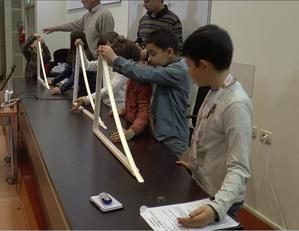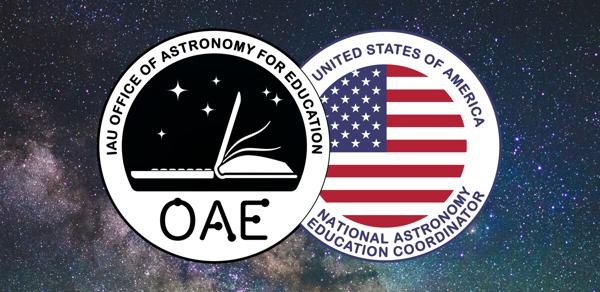Glossary term: 粒子
Description: 物質的微小成分可稱為粒子。在經典物理學中,粒子在空間中運動,在每個給定時刻,粒子都有一個確定的位置。在量子物理學中,粒子的特性有所不同。粒子並不總是有一個確定的位置,在某些方面,粒子的行為類似於波。
粒子物理學研究物質的最小成分,即所謂的基本粒子。對於天文學來說,最重要的物質粒子是電子以及構成質子和中子等強子的夸克、上夸克和下夸克。原子物質由質子和中子組成原子核,周圍環繞著電子。
電磁輻射作為主要的天文信使,由稱為光子的量子化粒子組成。在較低的光子能量下,這些量子化粒子的波特性最為重要。例如,射電天文學家不是用單獨的粒子來描述他們接收到的電磁輻射,而是用波長或頻率來描述電磁波。在電磁頻譜的另一端,對於最高能量的光子來說,粒子特性是最重要的。使用 X 射線或伽馬射線進行觀測的高能天文學家通常使用粒子探測器進行觀測,並用粒子能量來描述他們接收到的輻射的特性。
Related Terms:
See this term in other languages
Term and definition status: The original definition of this term in English have been approved by a research astronomer and a teacher The translation of this term and its definition is still awaiting approval
This is an automated transliteration of the simplified Chinese translation of this term
The OAE Multilingual Glossary is a project of the IAU Office of Astronomy for Education (OAE) in collaboration with the IAU Office of Astronomy Outreach (OAO). The terms and definitions were chosen, written and reviewed by a collective effort from the OAE, the OAE Centers and Nodes, the OAE National Astronomy Education Coordinators (NAECs) and other volunteers. You can find a full list of credits here. All glossary terms and their definitions are released under a Creative Commons CC BY-4.0 license and should be credited to "IAU OAE".
If you notice a factual or translation error in this glossary term or definition then please get in touch.
Related Activities
Let's Break the Particles
astroEDU educational activity (links to astroEDU website) Description: Learn how energy can be transformed into various forms.
License: CC-BY-4.0 Creative Commons 姓名標示 4.0 國際 (CC BY 4.0) icons
Tags:
Hands-on
, Potential energy
, Binding energy
, Particle accelerator
Age Ranges:
8-10
, 10-12
, 12-14
Education Level:
Middle School
, Primary
Areas of Learning:
Social Research
, Traditional Science Experiment
Costs:
Medium Cost
Duration:
1 hour 30 mins
Group Size:
Group
Skills:
Analysing and interpreting data
, Asking questions
, Planning and carrying out investigations









